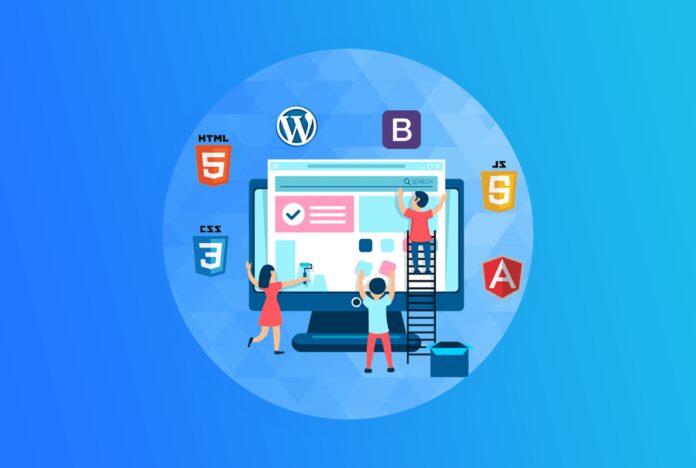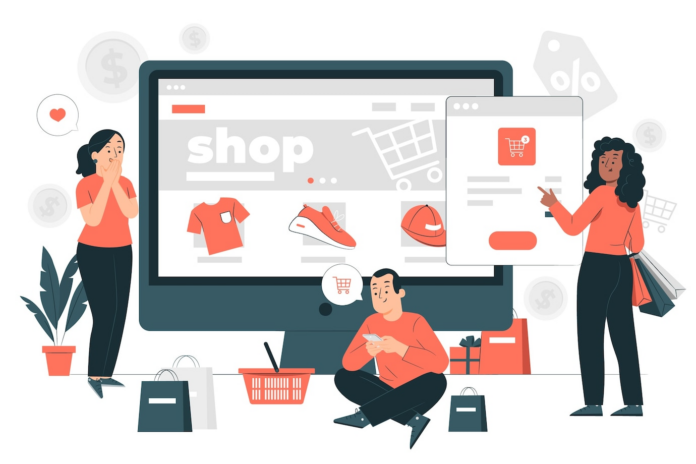In the fast-paced world of e-commerce, custom web applications stand as powerful tools for businesses aiming to provide unique shopping experiences, streamline operations, and boost sales.
These tailored solutions offer the flexibility and scalability that off-the-shelf software often lacks, allowing for personalized customer engagement and improved business processes. This article provides actionable tips for e-commerce businesses looking to harness the power of custom web applications, ensuring they are well equipped to meet their specific needs and objectives.
The Foundation of Custom Web Applications

Custom web applications are designed to address the unique challenges and opportunities within an e-commerce landscape. They offer the versatility to create bespoke features that align with a brand’s identity and customer expectations. This section explores the initial considerations and strategic planning required to lay a solid foundation for developing a web app.
Identifying Business Needs and Goals
The first step in web app development is to identify your e-commerce business’s specific needs and objectives. Understand the gaps in your current system where a custom solution could provide significant improvements.
Whether it’s enhancing the user experience, integrating with existing tools, or automating business processes, having a clear understanding of your goals will guide the development process and ensure the final product aligns with your business strategy.
Choosing the Right Technology Stack

Selecting the appropriate technology stack is crucial for building a robust and scalable web application. It involves choosing the right programming languages, frameworks, databases, and server technologies that best fit your project’s requirements.
Consider factors such as the application’s complexity, scalability needs, and your team’s expertise. A well-chosen tech stack facilitates smoother development and maintenance and ensures that your application can evolve with your business.
Enhancing User Experience
In e-commerce, the user experience (UX) can make or break your online store. A custom web application offers the opportunity to tailor the shopping experience to your audience, making it intuitive, engaging, and efficient. This section delves into the importance of UX design and how it can be optimized in applications.
Designing for Your Audience
Understanding your target audience is key to creating an effective UX design. Custom applications should be designed with the user in mind, taking into account their preferences, behaviors, and challenges.
This involves creating user personas, mapping out user journeys, and incorporating design elements that resonate with your audience. A user-centered design approach ensures that the application is not only visually appealing but also functional and easy to navigate.
Streamlining the Checkout Process

The checkout process is a critical aspect of the e-commerce experience. An application allows you to streamline this process, making it as straightforward and hassle-free as possible.
This can include implementing one-page checkouts, offering multiple payment options, and providing clear instructions and feedback throughout the process. An optimized checkout experience reduces cart abandonment rates and enhances customer satisfaction, increasing sales and loyalty.
Conclusion
Developing a custom web app presents a valuable opportunity for e-commerce businesses to stand out in a crowded marketplace.
By carefully identifying business needs, choosing the right technology stack, and focusing on user experience, businesses can create powerful applications that drive growth and customer engagement. Remember, the key to success lies in understanding your audience and tailoring your web application to meet their needs and exceed their expectations.







